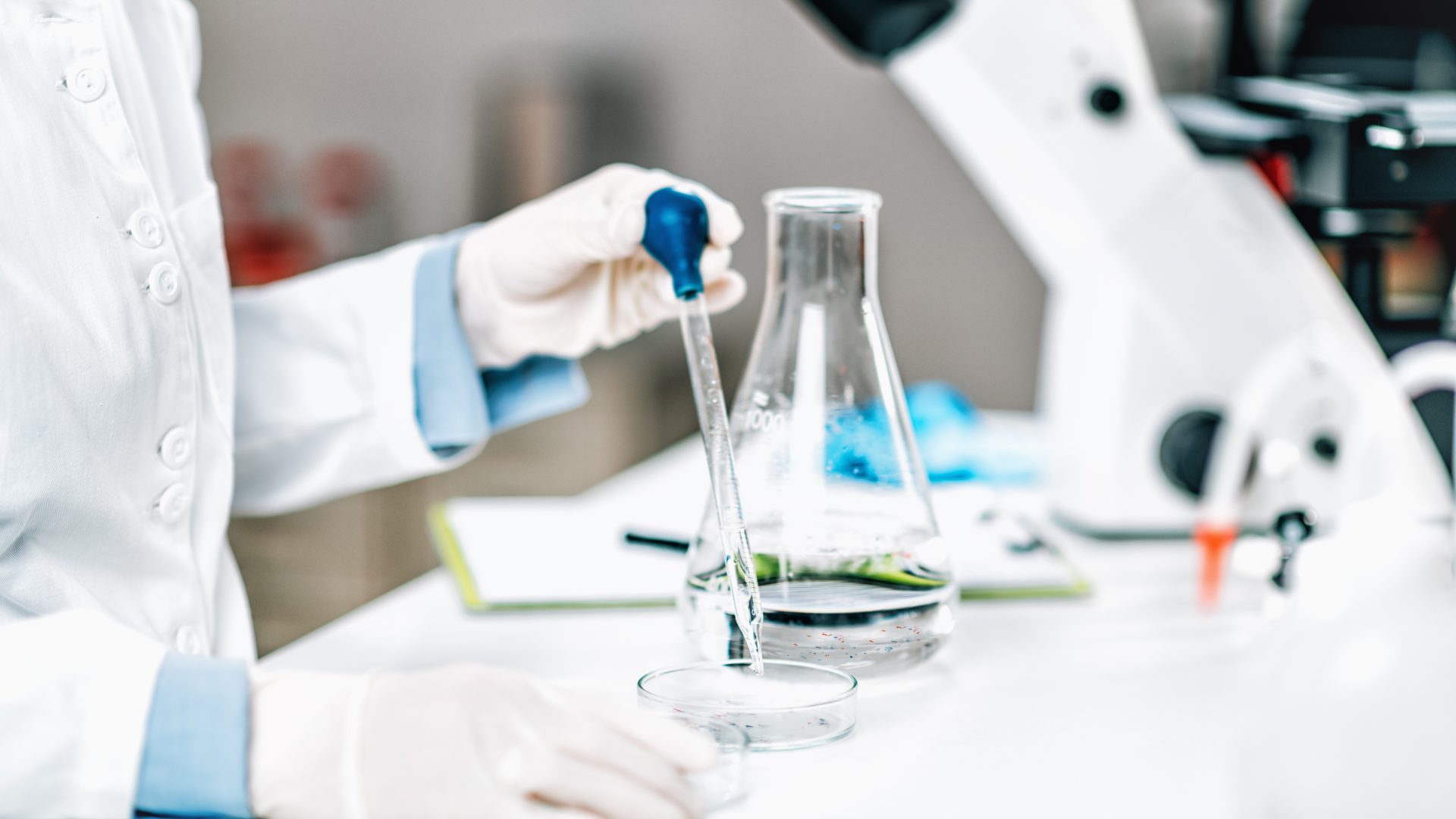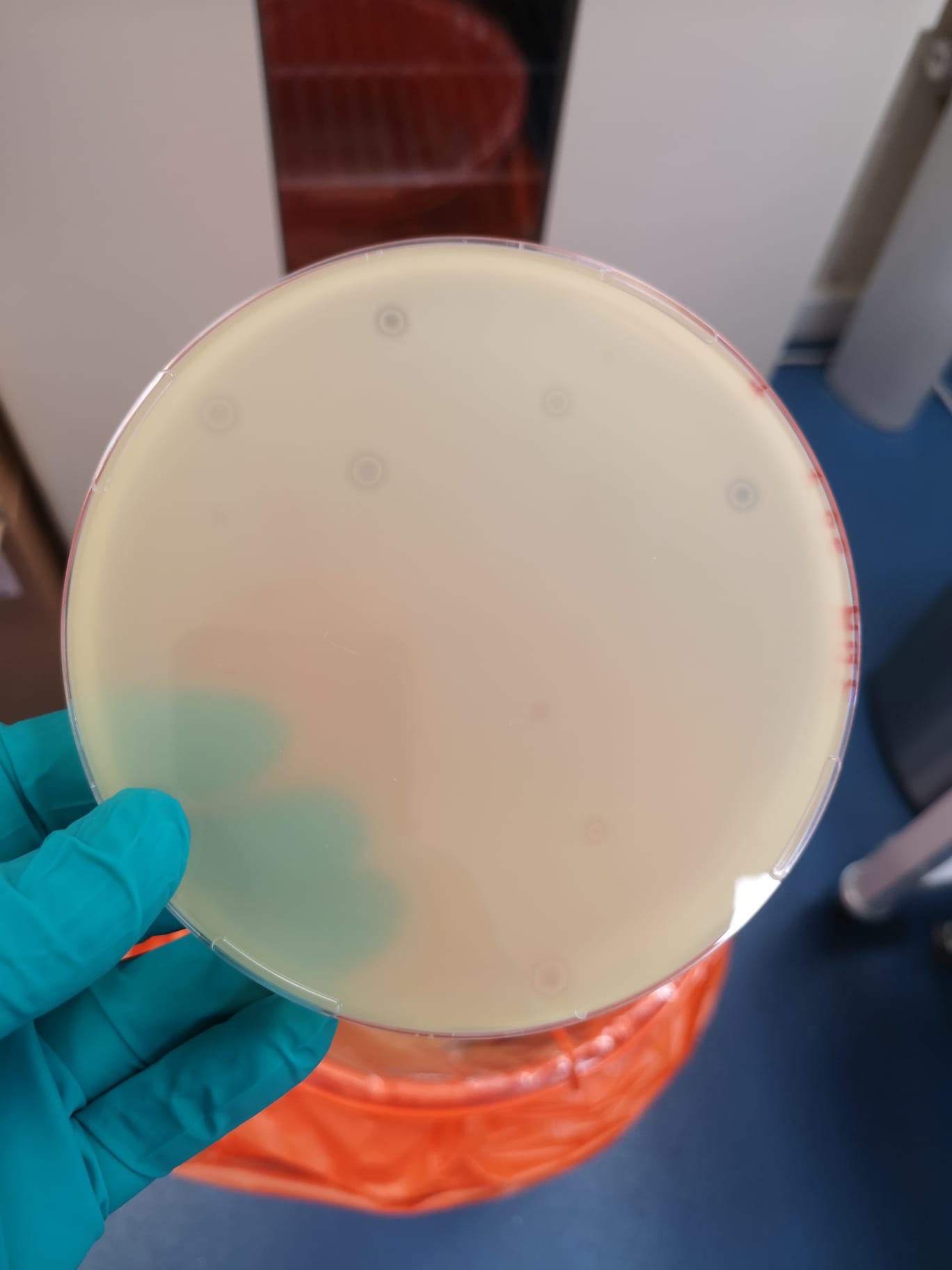Scottish Water has become the first water company in the UK, and one of the first in Europe, to be awarded accreditation for a new method of detecting viruses in water.
The utility, which provides 1.51 billion litres of clear, fresh drinking water to customers every day, has received accreditation from the United Kingdom Accreditation Service (UKAS) for a new method which will be used to detect potential for viral contamination in water at its laboratories in Edinburgh and Inverness.
The accreditation means that the use of the new method will be added to an already significant suite of analysis which is used to monitor the effectiveness of water treatment and will help further ensure that Scotland’s drinking water is of very high quality.
The Scottish Government instructed Scottish Water to adopt new EU Drinking Water Directive regulations and the Drinking Water Quality Regulator (DWQR) informed the company that it would be required to comply with the new regulations, one of these included testing for the presence of Somatic Coliphages for the first time. It is not a requirement anywhere else in the UK currently and Scottish Water are the only water company in the UK to currently carry out this testing.
Somatic Coliphages themselves are of no significance for human health but can be useful indicators of the survival of other viruses through the water treatment process and early data shows that the water treatment process is highly effective at their removal.
They are a type of bacteriophage (the most abundant organisms in the biosphere), which are organisms that infect and replicate in bacterial cells. They can also be used to indicate whether the water treatment process is effective against enteric viruses, such as Norovirus, as they are similar in structure.
David McMullan, Laboratory Manager, said: “Monitoring for Somatic Coliphages was not previously included in the EU Drinking Water Directive so this presented an opportunity to bring in a method of detection that can be representative of animal and human viruses found in the environment.
“This will improve and expand our knowledge of the quality of our source waters. It will highlight if there are any sources at risk, which can then be closely monitored.
“If detected at levels exceeding 50pfu/100ml in raw waters, further samples will be taken at various stages of the treatment process to demonstrate sufficient removal which ensures that the risk of a virus entering the drinking water supply is controlled.
“It was also a fantastic opportunity for our Scientific Services Laboratories to demonstrate the technical capability of our microbiology teams.”
In simple terms, the method involves obtaining what is described as a confluent lawn of E. coli on an agar plate and where there are visible circular clearings in the bacterial lawn indicates the presence of Somatic Coliphages, as they have consumed the E. coli.
Validation work was completed at each site to prove the method was fit for purpose and could consistently perform as expected, recovering the bacteriophage at both low and high levels.
This work was completed by laboratory team members Lewis Aitken and Ross Templeton in Edinburgh and Nicky Hunter and Robert Henderson in Inverness, under the guidance of Harry Roe, Technical Manager. Once completed, this was submitted alongside all other documentation requirements to UKAS (the accrediting body for ISO 17025) and, following initial review, they arranged an assessment which was completed at each site. After all the findings were closed, both sites were awarded accreditation for the method after about a year.
Robert Henderson added: “This is an excellent achievement as it makes Scottish Water the first water company in the UK to have an accredited method for the detection of Somatic Coliphages and one of the first in Europe.
“We are all delighted with this because it involved a lot of difficult and complex work over about a year and because it demonstrates very clearly the lengths to which Scottish Water will go to ensure the water we produce remains very high quality and meets all the very stringent requirements of our regulators.”




